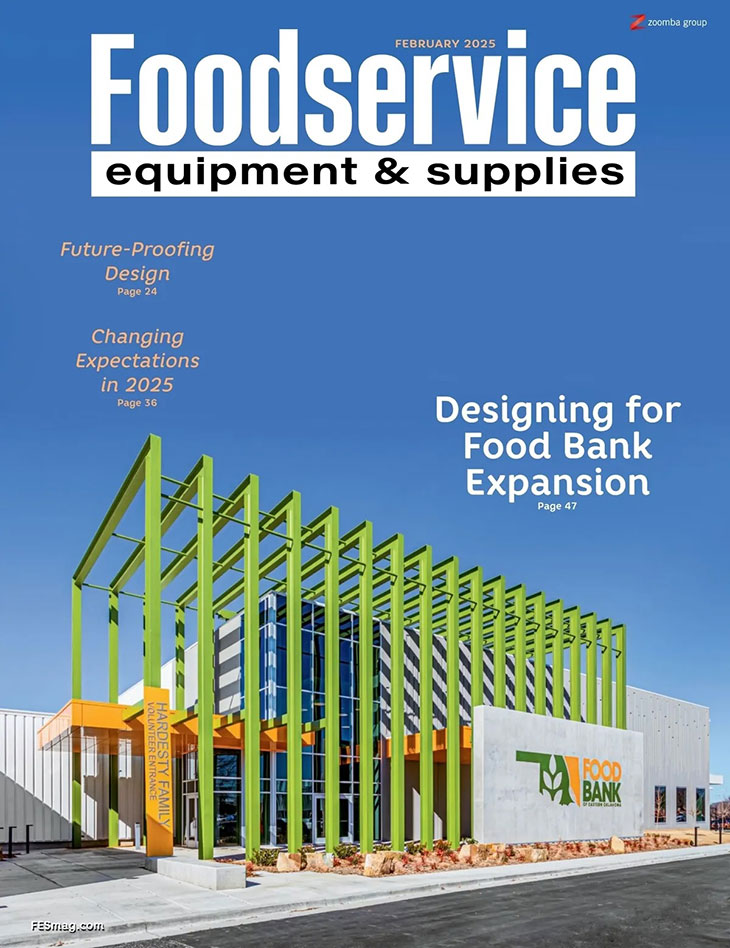Foodservice operators can choose from a variety of meal delivery carts. These units are typically categorized by application. From hot to cold, meal delivery carts offer a wide range of styles and functions. Meals can be delivered either in bulk or on trays from this equipment, depending on the operation. Carts can be high- or low-profile and have capacities ranging from 6 to 36 trays.
Room service carts typically hold 8, 12 or 16 trays, while low-profile units have 20- to 24-tray capacities, depending on the model and manufacturer. Taller carts accommodate 26 to 36 trays at one time. Operators should note that patient trays can weigh between 6 and 8 pounds apiece, so weight and maneuverability come into play when sizing.
Room service carts are typically open with insulated covered tray systems for quick distribution, while retherm or insulated retherm carts are often used in conjunction with cook-chill operations. Hot/cold carts have both refrigeration and heating capabilities on board for food and meal storage and temperature maintenance. Although operators use these models for meal delivery, their design makes them unsuitable to cook or chill food.
Operators can choose from two types of electric meal delivery carts. The one-piece, self-contained carts provide heating and/or cooling within the unit. Two-piece systems feature a fixed base and mobile cart. When working with the two-piece system, staff place trays in the electrically heated base station for retherming, then place the food in a non-electric cart for delivery. Operators use these carts to accommodate longer transport distances.
Some insulated carts use CFC-free foam to maintain temperatures for 30 to 60 minutes without electricity. Operators typically use these units to deliver food rather than hold menu items.
There are different cart grades, and much of this will depend on the construction materials. The majority are made of stainless steel, while some models combine aluminum and plastic. This impacts the meal delivery cart’s weight and durability.
In the last 12 to 15 years, more hospital foodservice programs have implemented room service programs. The majority of these programs utilize carts with 10-tray capacities to ensure food is served quickly and remains at optimum temperatures, which is more than 140 degrees F for hot food and less than 40 degrees F for cold food.
Standard meal delivery cart features vary significantly by model and manufacturer. These typically include casters, doors with magnetic latches, vents to promote even air flow for hot and cold food, drains for easier cleaning, and ergonomic handles.
Options also vary, depending on the cart type and manufacturer. Operators can specify one-, two- or three-sided top rails for extra storage on top of the unit; these also serve as extra handles for pushing. Corner or wraparound bumpers help protect the cart as well as walls during transport. Casters are typically 5 to 6 inches, but larger 8-inch wheels are available in different configurations for easier maneuverability. Central caster brakes, rather than individual brakes for each wheel, also are offered. Upgraded HACCP management or temperature-monitoring systems are available with some carts. Operators can choose to add lockable door latches; electrical options; and colored, decorative or logo panels.
Meal delivery carts have a service life of between 8 and 15 years, depending on use. Operators should consider off-duty storage space when purchasing these units.











